Several times a week, John Boyle, research director for the Bicycle Coalition of Greater Philadelphia, rides the power of electricity to work. A resident of Edgewater Park, New Jersey, Boyle rides a foldable e-bike to the Beverly Rail Station, which he takes aboard NJ Transit’s River Line to Camden. If the weather is nice, he’ll then bike across the Ben Franklin Bridge to the coalition’s Center City offices. If not, he crosses the Delaware on the PATCO Speedline instead.
Either way, the commute is timely, convenient and a blueprint for how electrified transportation can drive down greenhouse gas emissions.
In the United States, 28% of total greenhouse gas emissions comes from transportation, the most of any sector, according to the Environmental Protection Agency. And it’s not just big rigs and airplanes: 57% of transportation emissions come from everyday light-duty vehicles like the family car, while less than a quarter comes from heavy road vehicles like 18-wheelers.
Over the past 15 years, Philadelphia’s transportation emissions have actually increased. If you drive, you can help turn that trend around by switching to an electrified ride.
There are two primary categories of electrified personal transportation. One is the electric car. If you can look past the occasional erratic CEO, experts say these vehicles have obvious climate benefits. Yes, much of the energy grid is still powered by fossil fuels, but renewables are in the mix and gaining, and power plants are more efficient at energy generation than a car’s internal combustion engine. Lower fuel and maintenance costs mean EVs typically have a lower cost of ownership, although where you live is a factor, and lower-cost hybrids can be very economical.
Your second option is to choose from the world of micromobility, which includes electric bikes, scooters and even one-wheeled “hoverboards.” These start for as low as about $600 for basic low-mileage commuter models and go up to about $6,000 for “car replacement” e-bikes that can haul groceries, children and even additional adults. But even these expensive models can still be viewed as an affordable option, Boyle says.
“Compared to the cost of an electric vehicle or even a [gas-powered] car, that’s a bargain,” Boyle says.
Of course, Philadelphians have the benefit of a third option, public transportation. SEPTA’s most expensive option, a go-anywhere TrailPass good for about eight trips a day on any service, currently costs $204 a month, and less if you commute within the city. SEPTA doesn’t go everywhere, but as Boyle can attest, pairing it with a foldable e-bike — his retails new for about $800 — can cover a lot of ground.

So you want to buy a car?
Good news if you decide you want to buy a car: They may not be as expensive as you think. Federal incentives, the introduction of cheaper models, and a maturation of the used EV marketplace have all contributed to a significant price reduction over the past few years.
Federal incentives are a bit tricky. Technically, a consumer can get a $7,500 tax credit for purchasing a qualified new electric vehicle and $4,000 for a used model. But eligibility depends upon carmaker and model, and a buyer must fill out IRS form 8936 with their tax returns to get the money back.
The Pacific Gas and Electric Company offers a comprehensive look at EVs on their website. There you can learn that, after incentives, a new Nissan LEAF S starts at under $29,000, which has a 149-mile range. But, there are also currently 20 models of new EVs with ranges of at least 200 miles that can be had for under $35,000. Used cars are cheaper, naturally: as low as $13,000 for a 2017-2021 Chevrolet Bolt, and under $20,000 for a larger, crossover model such as a Ford Mustang Mach-E or Volkswagen ID.4.
But what about a home charger? Experts say if you drive less than about 35 miles a day, you might be wise to go with a level 1 charger. These often come with a car, can be plugged into a standard 120V wall outlet, and can add about that much mileage plugged in overnight.
A level 2 charger can typically fully charge an electric vehicle overnight, but comes with its own costs. Tony Fusco, electrical and construction manager for Levittown-based home improvement company McClain Bros., regularly installs chargers in the city and suburbs. He says installing a level 2 charger starts at about $500 for a simple job, such as putting one in a garage where an electric panel is already located.
But prices increase the further the panel is from the charger. The most complicated jobs, which require running an underground wire dozens of yards to a post near the curb (and thus digging up the yard), can run into the several thousands of dollars. And, your panel might also require an upgrade to 200-amp service in order to provide enough energy, which can cost a few thousand more, even after a federal 45C tax credit good for up to $600.
In Philadelphia, a permit is also required to install a level 2 charger. The city’s Department of Licenses & Inspections did not respond to several questions from Grid by deadline, but did note the city has established an EZ Permit for residential electric vehicle chargers.
Bionic power
For those who don’t have long or complicated commutes, e-bikes can be a great alternative to the car.
Drew Christy, store manager for the Manayunk location of Trek Bicycles, says he sees a variety of different types of customers. Some are white collar commuters who want an e-bike to get to work without breaking a sweat, then lower the electric assist on the way home to sneak in a workout. Others are parents who want the car replacement experience, and some are recreational enthusiasts who just want to be able to take longer rides.
“It goes across all populations. It can be a useful tool for most people,” Christy says.
Locally, customers can choose to purchase e-bikes at a physical store like Trek, REI, Bikesmith or Firth & Wilson Transport Cycles, since they can also provide repairs or services.
Boyle, with the Bicycle Coalition, says his experience is that more bicycle shops in recent years have started to offer repair services for many varieties of e-bikes. Some larger direct-to-consumer companies partner with local shops, such as Rad Power bikes (5 locations in Philadelphia) and Lectric (3 locations).
Theft a concern? Consider a few options
Unfortunately in Philadelphia, bike theft remains an issue. Options come down to personal comfort. Christy says he wouldn’t lock up any e-bike for any extended period of time that he wasn’t prepared to lose. Boyle shares those concerns, but says a high-quality lock that can resist power tools can help, such as a Litelok or Hiplok, which both cost several hundred dollars.
Boyle also pays about $10 a month for e-bike insurance through Oyster for extra peace of mind, and can carry his foldable, 45-pound e-bike with him most places he goes (including trains).
For those who don’t want to deal with all the hassle and live within its service area, Boyle suggests looking into Indego, the city’s only bike share program. For $20 a month, users can currently get two 30-minute e-bike rides per day, and pay $0.20 for every extra minute. For Pennsylvania ACCESS card holders, rates drop to just $8.33 a month.

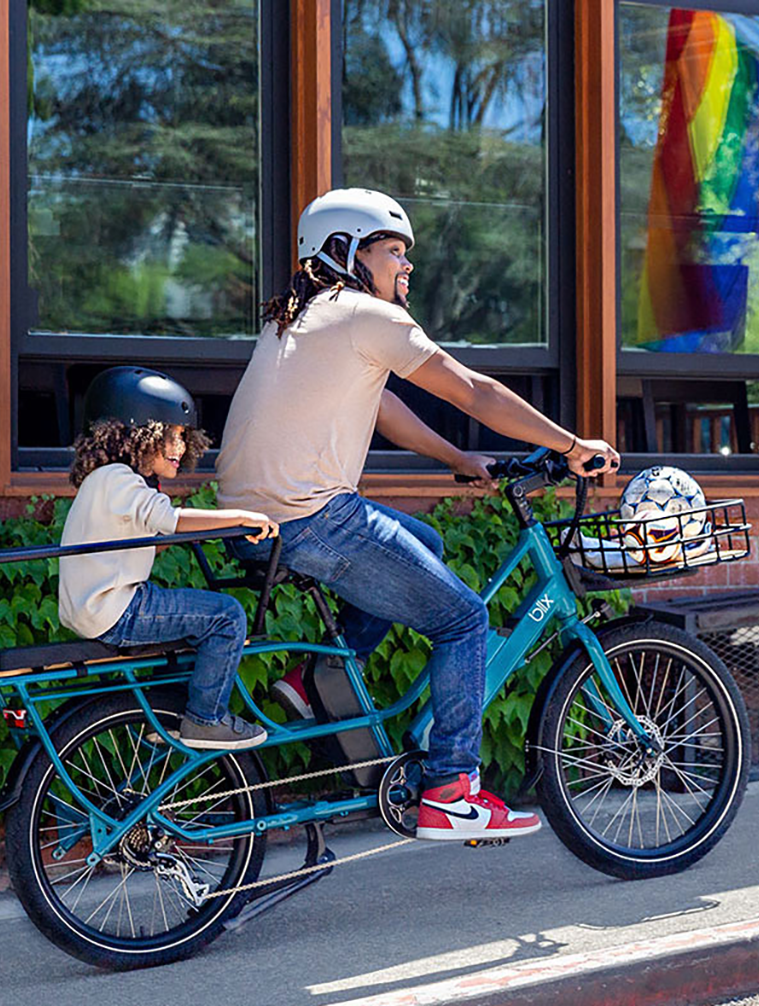
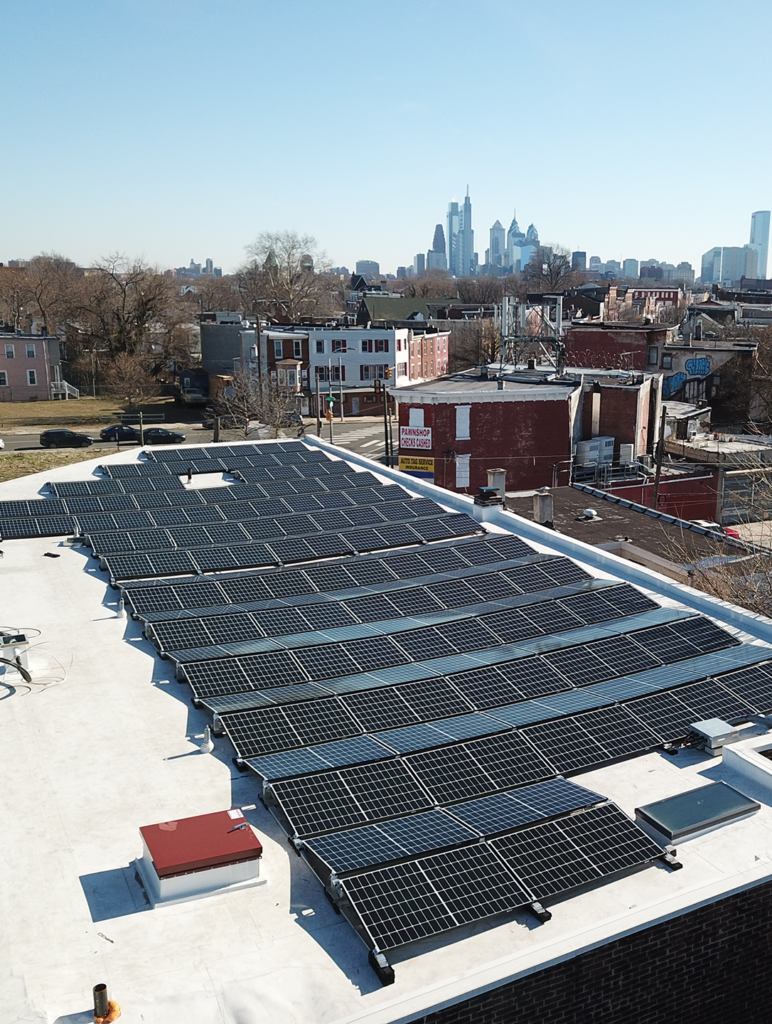
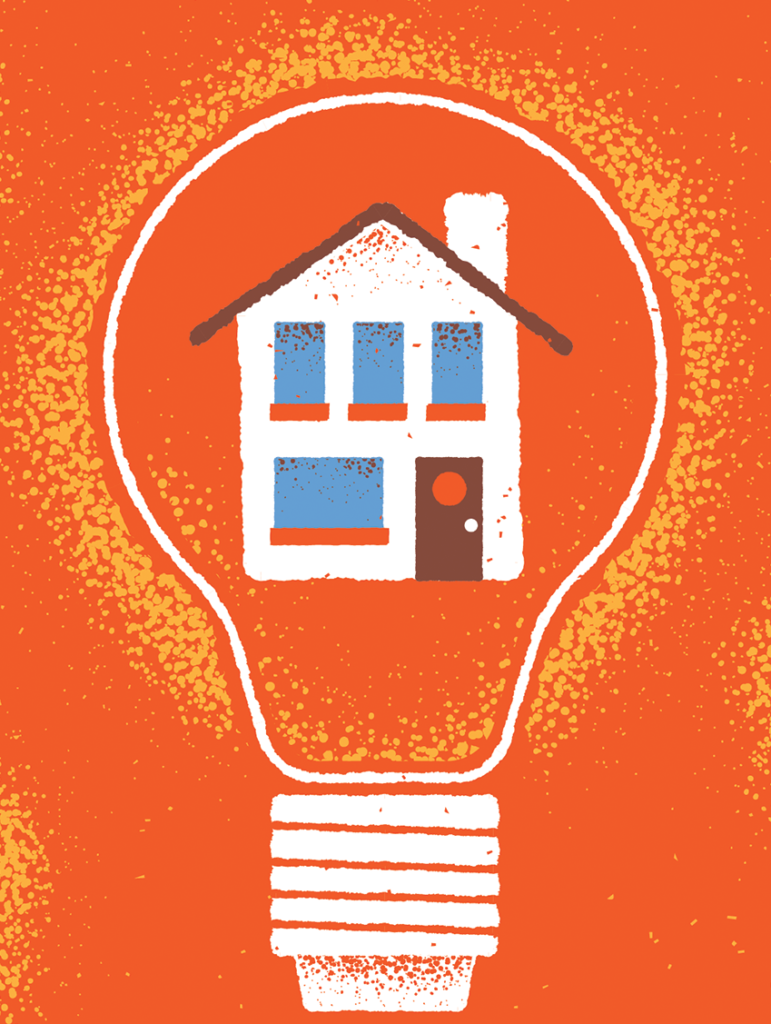

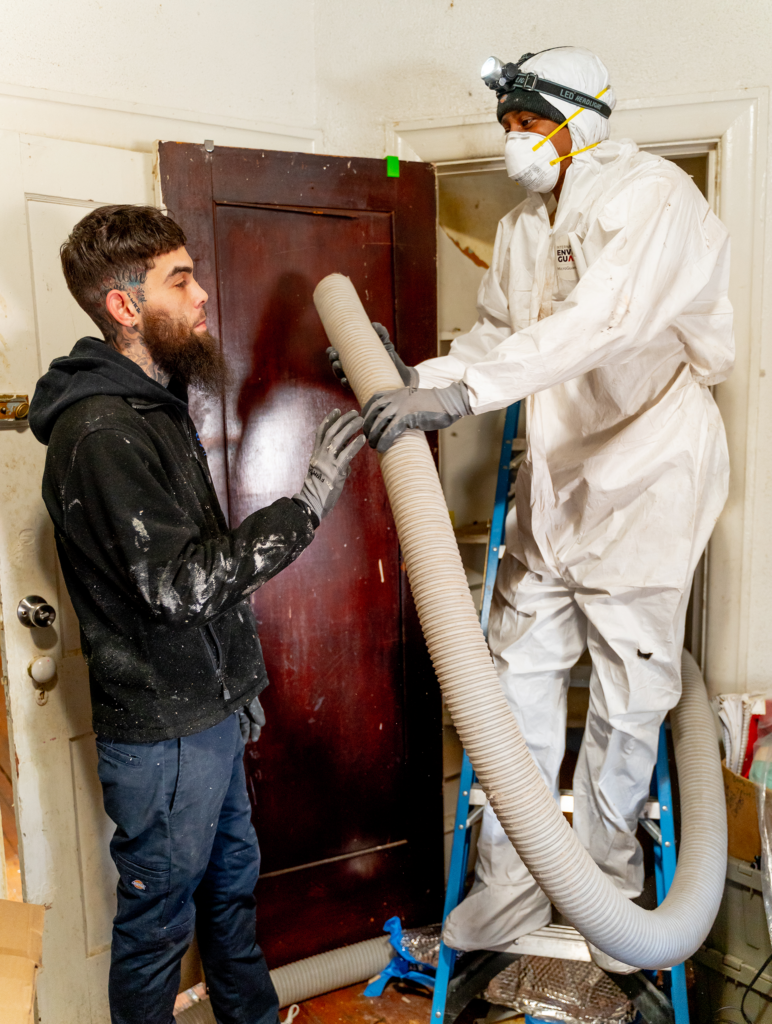

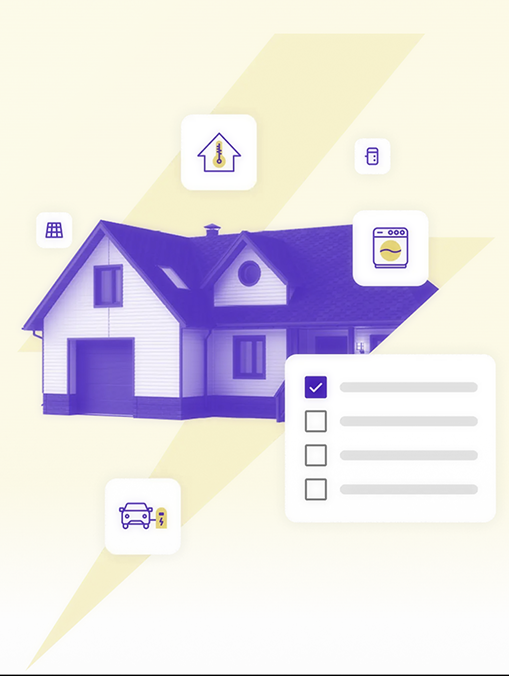
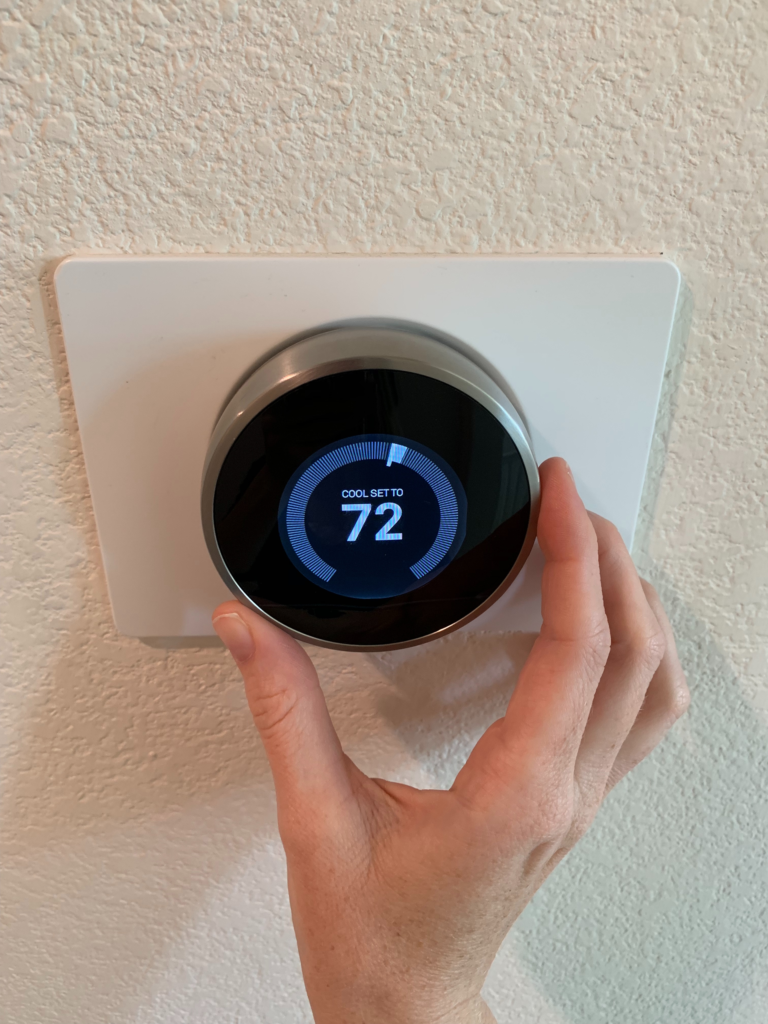
Greetings, as a local small business, would like to point out another very practical two-wheeled option – the Brompton Electric. It’s a pedelec version of the iconic Brompton Folder made in London.
Mr. Bagenstose rightly noted the risk of a costly electric bike getting stolen. That is exactly why he might have give line or three, ha, to the Brompton. Because it folds in less than 10 seconds, it comes inside with you, out of reach of bike thieves. And as the most compact folding bicycle made, it’s easy to combine with transit. The battery even pops off and slings over your shoulder, making the bike a bit easier to tote. Yes, the Brompton is one of the pricier electrics on the market – but like all Bromptons, it’s sturdy, built to be repaired and parts are available from dealers.
Transport Cycles (Fishtown + South Philadelphia @transportcycles ) Briefly named in your article!
UM, and us —
Trophy Bikes (Center City @trophybikes )
Sincerely,
Michael McGettigan
Trophy Bikes
133 S. 23rd St.
Phila. PA 19103
Reply